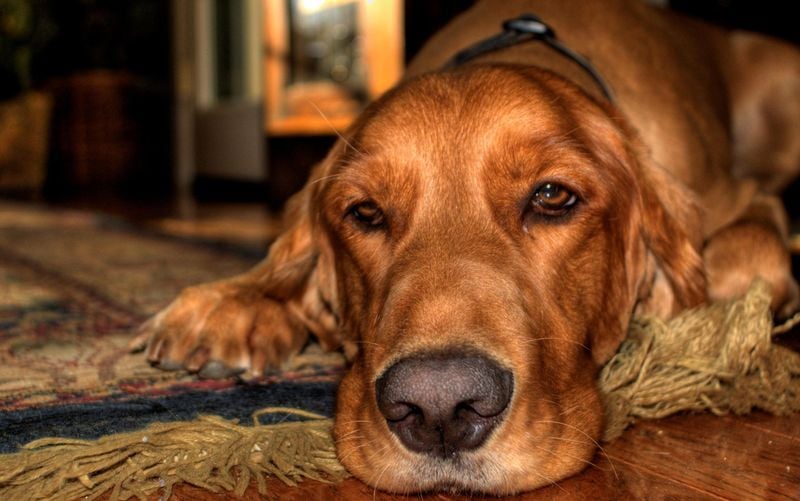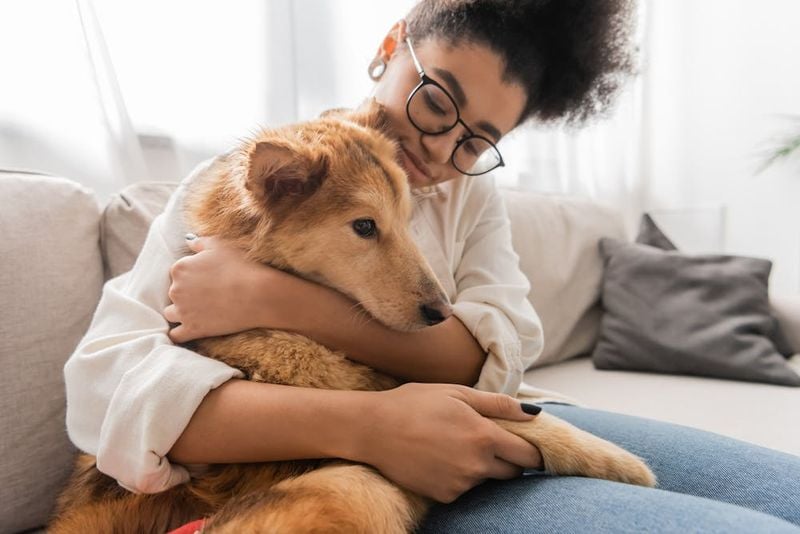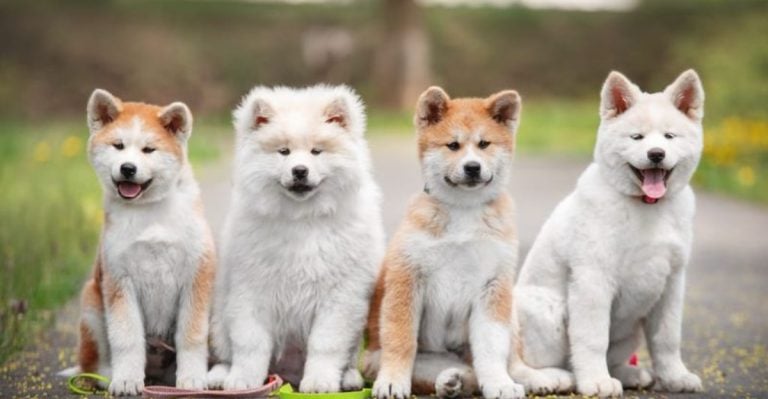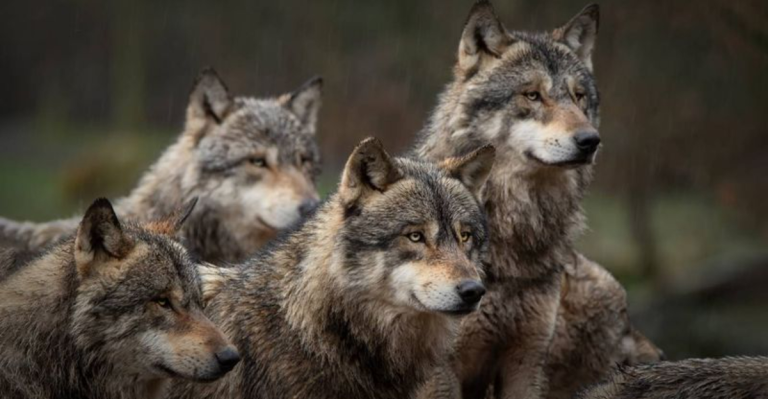18 Comforting Tactics That Sound Right—But Are Wrong for Grieving Pets
When our furry friends lose a companion—whether it’s another pet, a beloved human, or even a familiar daily routine—they can feel the weight of grief just as deeply as we do.
They may not cry or talk about it like people, but their behavior tells the story: loss of appetite, listlessness, anxiety, or clinging to comfort objects. As pet parents, our instinct is to step in and make it better. We want to soothe their sadness, distract them from pain, or simply show them that they’re not alone.
But here’s the hard truth: many of the ways we try to comfort grieving pets—though done with love—can actually backfire. From smothering them with attention to rushing to fill the void with a new playmate, certain responses can prolong their distress or even create new behavioral problems. That’s why knowing what not to do is just as essential as knowing the right way to support them.
Whether you’re currently caring for a grieving pet or simply want to be prepared, understanding the common pitfalls can make all the difference in their healing process. Below are 18 mistakes that even the most devoted pet owners often make—mistakes that could be making your pet’s grief worse instead of better.
1. Forcing them to eat
Your pet’s appetite might disappear during grief, and your first instinct may be to make them eat something—anything. Pushing food or hand-feeding aggressively can create negative associations with mealtime.
Instead, try offering smaller portions of extra-appealing foods at regular times. Keep their routine consistent but don’t hover anxiously while they decide whether to eat. Most pets will resume eating when they’re ready.
If food refusal lasts more than 24 hours for cats or 48 hours for dogs, contact your vet as this could indicate a medical issue beyond grief.
2. Bringing home a new pet immediately
Rushing to replace a deceased pet can backfire dramatically. Your grieving pet needs time to process the absence of their companion before meeting someone new. Animals form unique bonds with each other, and a new pet isn’t simply a replacement part.
Your surviving pet might view the newcomer as an intruder during this vulnerable time, creating stress for everyone involved. Give your pet weeks or even months to adjust to their new normal. Watch for signs they’re seeking more companionship before considering adding another animal to your family.
3. Smothering them with attention
Constant hugs, pets, and hovering might seem like the loving thing to do. For many animals, however, this overwhelming attention creates more stress during an already difficult time.
Cats especially may retreat when grieving, needing quiet spaces to process their emotions. Even social dogs might need more alone time than usual. Offer comfort when your pet seeks it out.
Be available without being overbearing. Watch their body language—if they walk away, give them space. This balanced approach respects their natural grieving process while still providing the security of your presence.
4. Changing their routine abruptly
Pets thrive on predictability. When they’re already dealing with the loss of a companion, suddenly altering feeding times, walk schedules, or play sessions creates additional stress and confusion.
Maintaining normal routines provides a crucial sense of security during grief. Your pet may find comfort in knowing that while one aspect of life has changed dramatically, other familiar patterns remain the same.
If adjustments are necessary, introduce them gradually over days or weeks. Small, incremental changes give your pet time to adapt while still having enough familiar elements to feel secure in their world.
5. Ignoring the grief
Some pet owners mistakenly believe animals don’t experience complex emotions like grief. This dangerous misconception leads to ignoring behavioral changes or expecting pets to ‘just get over it’ quickly.
Animals form deep attachments and can experience profound loss when companions disappear. Your pet may search for their friend, vocalize more, sleep in different places, or show other signs of mourning.
Acknowledging their grief is the first step in helping them heal. Speak gently about the missing pet, maintain a calm environment, and give them time to adjust at their own pace.
6. Over-exercising to tire them out
The logic seems sound—a physically exhausted pet won’t have energy to grieve. However, pushing excessive activity during emotional distress can actually harm your pet’s recovery process.
Grief requires emotional energy. Forcing long runs or extended play sessions when your pet is already depleted can lead to physical stress on top of emotional strain. Moderate, familiar exercise provides better support.
A normal walking routine maintains healthy habits while giving your pet mental space to process their feelings. Watch for cues that they need to rest, and never force activity when they’re showing signs of wanting quiet time.
7. Yelling or punishing for unusual behavior
Grief can trigger behaviors you’ve never seen before—excessive barking, house soiling, destructive chewing, or aggression. Punishing these signs of emotional distress only compounds your pet’s confusion and anxiety.
These behaviors aren’t deliberate disobedience but expressions of emotional pain. Your normally well-behaved companion is communicating distress the only way they know how. Respond with patience and gentle redirection instead of scolding.
Create safe spaces where they can retreat when overwhelmed. Remember that these behaviors typically diminish as your pet processes their grief and adjusts to their new normal.
8. Letting them linger near the deceased’s belongings indefinitely
Watching your pet curl up in their departed friend’s bed might seem touching—a way for them to stay connected. However, constantly surrounding your pet with reminders can sometimes prevent them from moving forward.
Some animals benefit from having a transitional object with their companion’s scent. Yet others become stuck in patterns of searching and waiting when too many reminders remain.
Consider gradually removing some items while keeping one comfort object. This balanced approach acknowledges the loss while gently encouraging adaptation to the new reality. Watch your pet’s response to guide your timing.
9. Projecting your own grief onto them
Human grief involves complex emotions like guilt, anger, and anticipatory dread. Animals experience loss differently—more focused on the immediate absence and changes to their daily lives.
Assuming your pet feels exactly as you do can lead to misreading their needs. You might see depression when they’re actually experiencing normal adjustment, or miss signs they’re ready to move forward while you’re still deeply grieving.
Try to observe your pet objectively despite your own pain. Their grieving timeline and process may differ significantly from yours. Meeting their needs might require setting aside your expectations about how grief ‘should’ look.
10. Flooding them with visitors
Well-meaning friends and family often want to visit after a pet passes away. Too many new people in the home can overwhelm your grieving pet when they’re already emotionally vulnerable.
Even social animals may find crowds overwhelming during grief. The extra noise, unfamiliar scents, and disrupted environment can increase anxiety when stability is what they need most. Limit visitors to familiar people your pet already knows and loves. Keep visits short and calm.
Create a quiet retreat space where your pet can escape if socializing becomes too much. This protective approach gives them control over their comfort level during a challenging time.
11. Relying solely on treats as comfort
Food rewards seem like an easy way to cheer up a sad pet. Overusing treats during grief, however, can create unhealthy patterns that persist long after the mourning period ends. Excessive treating often leads to weight gain, which brings its own health problems.
More concerning is the potential to create food-dependent emotional regulation where your pet can’t self-soothe without eating. Balance occasional special treats with non-food comfort like gentle petting (if welcomed), calm talking, or simply sitting nearby.
These alternatives provide emotional support without the negative physical consequences of food-based consolation.
12. Taking them to busy public places too soon
The dog park or pet store might seem like good distractions for a grieving pet. Grief, however, temporarily reduces an animal’s ability to handle stimulation and social complexity. Busy environments demand mental energy your pet may not have while processing loss.
Unfamiliar dogs, loud noises, and unpredictable situations can trigger anxiety or even aggression in a normally social animal who’s emotionally depleted. Start with quiet, familiar outings instead.
A peaceful walk in a familiar neighborhood provides gentle stimulation without overwhelming their senses. Gradually increase exposure to more active environments as you notice signs they’re regaining emotional resilience.
13. Avoiding eye contact or connection
Some owners, unsure how to handle pet grief, become emotionally distant. They might avoid looking at their pet directly or stop normal interactions, thinking this gives the animal space to grieve.
Most pets actually find this sudden disconnection confusing and stressful. Your steady presence and gentle attention provide crucial stability during loss. Maintain your normal eye contact, speaking patterns, and physical connection (if welcomed).
This consistent emotional availability reassures your pet that while one relationship has ended, their bond with you remains secure. Your reliable connection becomes their emotional anchor during this turbulent time.
14. Leaving them alone for long periods
Work and life responsibilities continue even during pet grief. Extended absences, however, can intensify your pet’s sense of abandonment when they’re already missing a companion.
Many grieving pets experience separation anxiety for the first time after losing a housemate. They may worry that you, too, won’t return when you leave. Consider arranging shorter alone times when possible. Pet sitters, doggy daycare, or asking a friend to check in can help during the acute grieving period.
Gradually return to normal schedules as your pet shows signs of adjustment. These transitional supports prevent grief from becoming complicated by new fears of abandonment.
15. Introducing new scents or scenery
Major home renovations, new furniture, or even switching cleaning products might seem unrelated to your pet’s grief. For animals who navigate their world primarily through scent, however, these changes can be profoundly disorienting during an already confusing time.
Familiar smells provide comfort and security when other aspects of life have changed dramatically. Even visual consistency helps maintain a sense of stability. Postpone major home changes when possible.
If changes are necessary, preserve some familiar-smelling items in your pet’s favorite areas. This olfactory continuity helps them maintain their sense of place and belonging while adjusting to the absence of their companion.
16. Assuming only dogs grieve
The myth that only dogs form emotional attachments strong enough to grieve leads many owners to overlook signs of mourning in other pets. Cats, birds, rabbits, and even guinea pigs can show profound responses to losing a companion. Each species expresses grief differently.
Cats might become more vocal or clingy, birds may pluck feathers or stop singing, and small pets might hide more or change eating habits. All companion animals deserve recognition of their emotional lives.
Learning the specific grief signs for your pet’s species allows you to provide appropriate support. This species-specific awareness ensures all pets receive the compassion they need during loss.
17. Rushing to replace toys or beds
Throwing away shared toys or replacing bedding immediately after a pet dies seems like a fresh start. For the surviving pet, however, these items contain comforting scents and memories of their friend.
Many animals find security in having access to objects that smell like their departed companion. This sensory connection can be an important part of their grieving process. Consider preserving some shared items for a transition period.
Watch your pet’s behavior—if they seem to find comfort in these objects, allow them time with these connections before gradually introducing new things. This gradual transition honors their need for both remembrance and eventual moving forward.
18. Not seeking help when needed
Many owners hesitate to contact professionals about pet grief, feeling they should handle it themselves or that it’s not serious enough for intervention. This reluctance can allow problems to worsen unnecessarily.
Veterinarians, animal behaviorists, and even pet grief counselors have valuable insights for supporting animals through loss. They can distinguish between normal grief and concerning symptoms that might need medical attention.
Reach out if your pet shows prolonged loss of appetite, aggressive behavior changes, or signs of depression lasting more than a few weeks. Professional guidance can provide targeted strategies for your specific situation and prevent grief from developing into longer-term behavioral or health issues.























